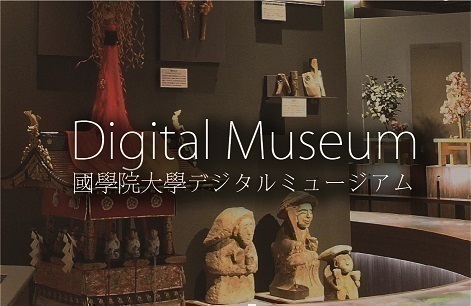- トップ
- Encyclopedia of Shinto
- Kaden Shintō
Encyclopedia of Shinto
| Main Menu: | |
| Links: |
詳細表示 (Complete Article)
| カテゴリー1: | 8. Schools, Groups, and Personalities |
|---|---|
| カテゴリー2: | Medieval and Early Modern Schools |
| Title | Kaden Shintō |
| Text | The Shinto transmitted by a particular house or lineage. As this is mainly to be seen in the houses of hereditary Shinto priests, known as shinshokuke or shake, it is also called shake Shintō (or shaden Shintō, or densha Shintō). The term kaden (lit., "lineage-transmission") is interpreted as having a broader meaning than shaden ("shrine-transmission"). It is considered to have been part of a reaction to the spread of "kami-buddha combinatory teachings" (shinbutsu shūgō) from the Heian period. In its original sense, it may be considered to include the Watarai Shintō of the house of Watarai at the Outer Shrine of Ise; the Yoshida Shintō of the house of Yoshida, which arose in the late medieval period; some of the forms of Confucian Shinto (Juka Shintō) that arose at the beginning of the early modern period; or the transmissions at such ancient shrines as Hachimangū or Tenmangū. However, it is most often used in a more narrow sense to refer to, for example, Izumoji Nobunao (1650-1703) of the Shimo Goryō Jinja; Ōyano Tameoki (1651-1713) of the Inari Taisha; the Onmyōdō master Tsuchimikado Yasutomi (1655-1717); and Nashinoki Sukeyuki (died 1723) of the Kamo Mioya Jinja. Izumoji Nobunao (whose family name is usually written出雲路, but sometime as 出雲寺) was a disciple of the Suika Shintō lineage, and as such staunchly upheld the teachings of the founder Yamazaki Ansai, but on the other hand he was also a priest who continued to transmit the ancient oral tradition of the Goryōsai (Rites for August Spirits). Ōyano Tameoki was within the Suika Shintō lineage, but he also passed on the secret Shinto teachings of the Inari Shrine; he produced a number of works, such as the Yuiitsuron, Mishu kōki, and Honchō tōiden, and on that basis established a lineage. Tsuchimikado Yasutomi carried on the lineage that had been in charge of Chinese Yin-Yang divination (Jp.: Onmyōdō) since middle antiquity, and that took Abe no Seimei as its founder. The Tsuchimikado Shintō of that house's lineage (also known as Abe Shintō, Anke Shintō, or since Meiji, as Tensha Shintō) is a type of Shinto that incorporated theories of Yin-Yang and the five elements (onmyō gogyō setsu), as is visible in the rituals of Michiae no Matsuri and Oniyarai. Yasutomi also established a lineage based on his practice of the rituals Taizan Fukunsai and Tensō Chifusai. Nashinoki Sukeyuki was well-versed in Japanese history, and produced many works, including Nihon isshi, Ōyashimaki, Shindai wakai, and Jinmuki kōgi. In addition, as a priest he is known for his exertions for the consolidation of the rituals at the Kamo Mioya Jinja, and for reviving the Aoi Festival there. -Ogasawara Haruo |




